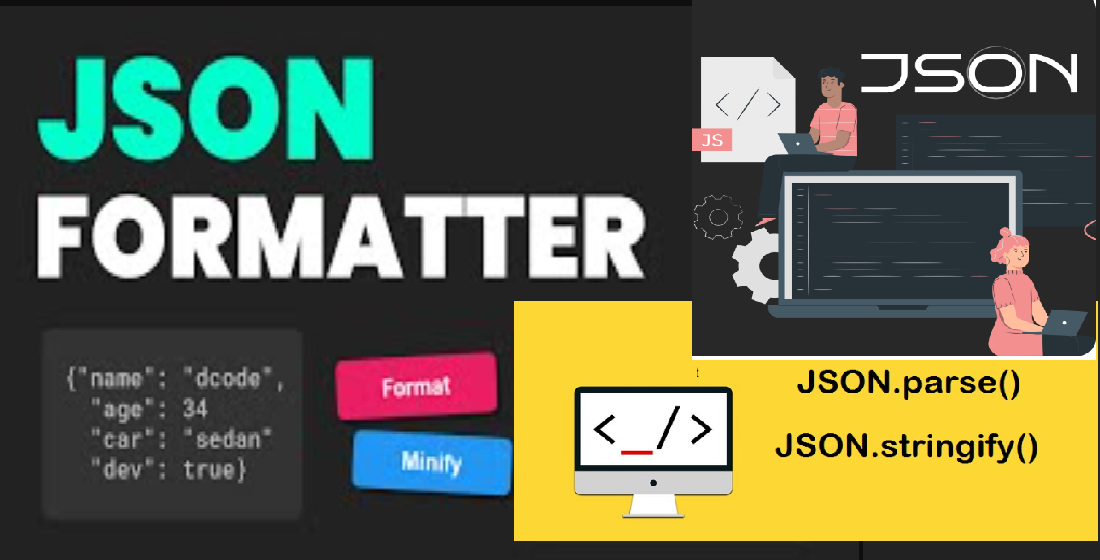Analysis of methods and algorithms for processing unstructured text data based on JSON technology
DOI:
https://doi.org/10.15587/2706-5448.2024.306435Keywords:
validation, intelligent system, unstructured data, JSON, CSV, crowding, ETL, ELT, automated systemAbstract
The object of research is the process of automating systems for structuring data from several sources. The subject of the research is methods and algorithms for implementing a complete system for automated and parallel processing, validation and structuring of data. One of the most problematic areas is the merging of databases with different structures and several common fields into a generalized structure. The research was aimed at developing a system to increase the efficiency of automation of big data processing.
As a result of the work, optimization methods were studied, the influence of their internal parameters on the operation of algorithms was analyzed, their main advantages and disadvantages were determined, and software was developed in which the corresponding methods were implemented. An algorithm for structuring data before processing has been obtained. Data structuring is achieved by performing the «mapping» operation. Mapping can take place by indexes of already cleaned data or using a defined dictionary with a given set of keys, which allows not to care about the sequence of storing values and their possible shift.
The practical significance of the developed system lies in the improvement of methods of collecting and processing information for the purpose of its further validation, cleaning and accumulation in the following categories: geographic addresses and geo-coordinates, validation and automated addition of a mobile phone number to the international format, processing of car numbers (in modern and outdated format), VIN code of the engine and car brand, validation of urls of social networks, passport data and processing of personal data. Compared to similar methods for processing large volumes of data, the possibility of splitting the input file or stream into separate parts was used, the cleaned data from which is combined at the end of the system operation. Thanks to this, it is possible to process data whose size exceeds the available volume of the device's RAM, and the method of working with loosely structured text files in CSV format has been improved.
References
- Chaturvedi, S., Kumar, P. (2018). Extraction and Conversion of Web JSON Data into Pandas Data Frame by storing it into Text File using Python. International Journal for Research in Applied Science & Engineering Technology, 6 (XI).
- JSON Community. Available at: https://json.com
- Wikimedia Foundation. Wikipedia. Available at: https://en.wikipedia.org/wiki/Wikimedia_Foundation
- Frozza, A. A., Mello, R. dos S., Costa, F. de S. da. (2018). An Approach for Schema Extraction of JSON and Extended JSON Document Collections. 2018 IEEE International Conference on Information Reuse and Integration (IRI). doi: https://doi.org/10.1109/iri.2018.00060
- Avramenko, O. M. (2017). Intelektualna systema obrobky nestrukturovanykh tekstovykh danykh na osnovi tekhnolohii JSON. Visnyk Natsionalnoho tekhnichnoho universytetu «KPI», 64, 44–48.
- Babenko, L. P. (2018). Zastosuvannia JSON dlia obrobky tekstovykh danykh v informatsiino-poshukovykh systemakh. Naukovi zapysky Natsionalnoho universytetu «Lvivska politekhnika», 843, 34–39.
- Honcharuk, L. V. (2019). JSON: suchasnyi format obminu danymy. Visnyk Kyivskoho natsionalnoho universytetu imeni Tarasa Shevchenka. Seriia: Kompiuterni nauky, 14, 5–10.
- Elsayed, K. I., Elgamel, M. S. (2020). Web of Things Interoperability Using JSON-LD. 2020 30th International Conference on Computer Theory and Applications (ICCTA). doi: https://doi.org/10.1109/iccta52020.2020.9477674
- Sun, C., Zeng, X., Sun, C., Si, H., Li, Y. (2020). Research and Application of Data Exchange based on JSON. 2020 Asia-Pacific Conference on Image Processing, Electronics and Computers (IPEC), 349–355. doi: https://doi.org/10.1109/ipec49694.2020.9115155
- Xu, J., Deng, H. (2021). JSON-ASR: A lightweight data storage and exchange format for automatic systematic reviews of TCM. TMR Modern Herbal Medicine, 4 (2), 12. doi: https://doi.org/10.53388/mhm2021a0401001
- Afsari, K., Eastman, C. M., Castro-Lacouture, D. (2017). JavaScript Object Notation (JSON) data serialization for IFC schema in web-based BIM data exchange. Automation in Construction, 77, 24–51. doi: https://doi.org/10.1016/j.autcon.2017.01.011
- Garg, I. (2024). Study on JSON, its Uses and Applications in Engineering Organizations. doi: https://doi.org/10.13140/RG.2.2.19850.07367

Downloads
Published
How to Cite
Issue
Section
License
Copyright (c) 2024 Yehor Kucherenko, Inessa Kulakovska

This work is licensed under a Creative Commons Attribution 4.0 International License.
The consolidation and conditions for the transfer of copyright (identification of authorship) is carried out in the License Agreement. In particular, the authors reserve the right to the authorship of their manuscript and transfer the first publication of this work to the journal under the terms of the Creative Commons CC BY license. At the same time, they have the right to conclude on their own additional agreements concerning the non-exclusive distribution of the work in the form in which it was published by this journal, but provided that the link to the first publication of the article in this journal is preserved.







